Shijia Hutong Museum, Peking - Ticket, Öffnungszeiten, Highlights und Tipps
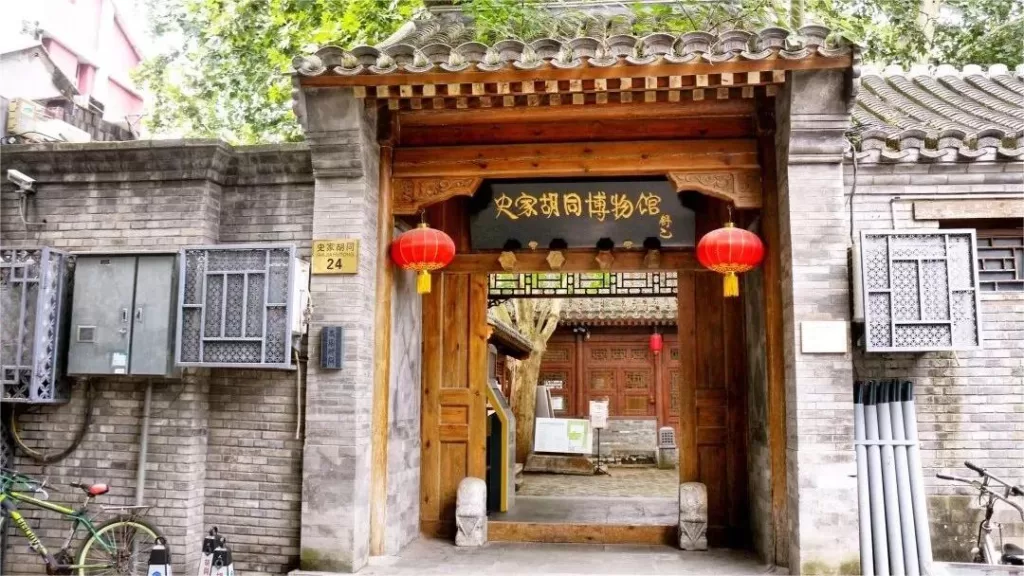

Shijia Hutong Museum (史家胡同博物馆), Peking‘s first hutong museum, is nestled in the heart of Dongcheng District and officially opened its doors to the public on October 19, 2013. This exquisite museum is situated within a charming courtyard, spanning over a thousand square meters and featuring two distinct courtyards. The compound is shaded by towering persimmon trees, casting shadows over traditional gray brick and tiled houses. Adorned with two hanging birdcages on a small corridor, the atmosphere transports visitors to the bygone era of late Qing and early Republican China, reminiscent of scenes from period dramas.
The museum comprises eight exhibition halls and a versatile multipurpose hall, each showcasing the rich history and cultural evolution of Hutongs through various exhibits. The courtyard itself holds historical significance as it was once the dowry of Ling Shuhua, a talented woman during the Republic of China period, where numerous literati and intellectuals gathered for meetings and discussions.
One of the exhibition halls, located directly opposite the main entrance, is paved with vintage floor tiles dating back to the 1930s. The museum houses a diverse collection of artifacts reflecting the unique characteristics of old Beijing. Exhibits include reproductions of engagement letters from the 1920s and 1930s, traditional bamboo baskets used in households, and vintage bus tickets. Two rooms within the museum are meticulously arranged to showcase the interior decor of Beijing households from the 1950s-60s and the 1970s-80s, offering a glimpse into the lifestyles of old Beijing residents during those periods.
A distinctive feature of Shijia Hutong Museum is the Hutong Sound Exhibition Hall. Visitors can select their specific hutong on a multifunctional screen, triggering an audio experience that immerses them in the familiar sounds of old Beijing – street vendors calling out their wares, bicycle horns, and other auditory elements that evoke memories of the city’s past. This interactive element adds a sensory dimension to the museum experience, providing a unique way for visitors to connect with the historical ambiance of Shijia Hutong.
Inhaltsübersicht
- Grundlegende Informationen
- Standort und Transport
- Highlights of Shijia Hutong Museum
- Vlog about Shijia Hutong Museum
- Nützliche Tipps aus Rezensionen zusammengefasst
- Famous Hutongs in Beijing
Grundlegende Informationen
| Geschätzte Dauer der Tour | 1 Stunde |
| Ticketpreis | Kostenlos |
| Die Öffnungszeiten | 9.30 – 16.30; Closed on Mondays |
| Telefon Nummer | 0086-010-85175790 |
Standort und Transport
Shijia Hutong Museum is situated within the historic hutong area, which is known for its traditional courtyard residences and narrow alleyways. Its specific address is No. 24 Shijia Hutong Dongcheng District Beijing, China. To get there, you can choose the following way:
Bus: Take bus 84, 104, 106, 108, 110, 111, 116, or 128, get off at Dengshikou East Stop (灯市口东), and walk about 600 meters to the southeast to reach the museum.
U-Bahn: The nearest subway station to Shijia Hutong Museum is Dengshikou (灯市口) on line 5. After getting out of the station from Exit C, walk about 500 meters to the northeast to reach the museum.
Highlights of Shijia Hutong Museum
Courtyard Residence
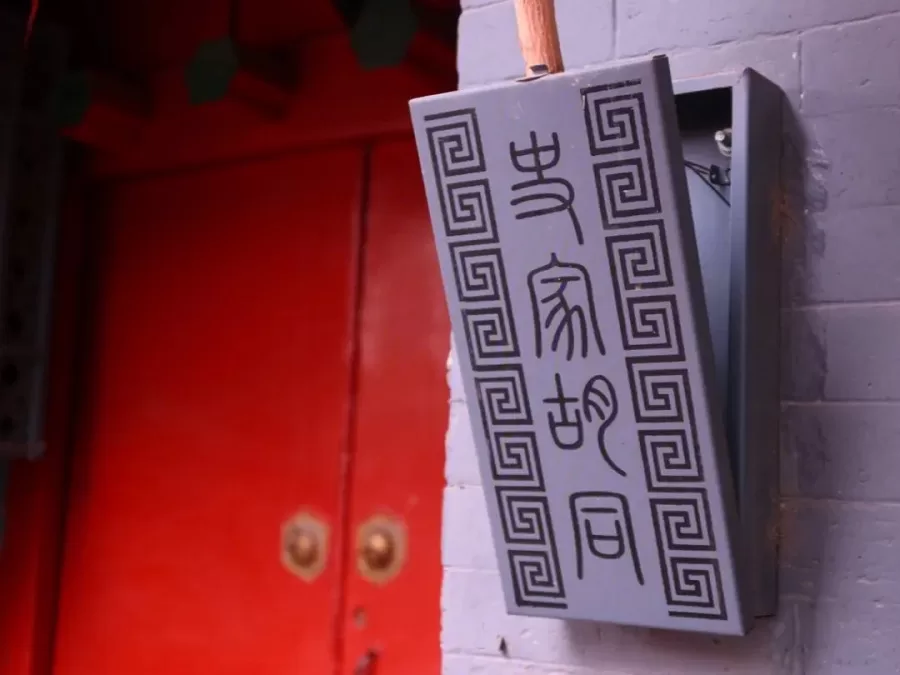
The courtyard residence at Shijia Hutong Museum is a meticulously preserved and restored architectural gem that showcases the traditional design and layout of Beijing’s hutongs. With its central courtyard surrounded by various rooms, the residence offers a captivating glimpse into the daily life and customs of hutong inhabitants. The reconstructed rooms are furnished with authentic furniture, household items, and decorations, providing an immersive experience of the past. The courtyard residence serves as the heart of the museum, inviting visitors to step back in time and appreciate the architectural beauty and cultural significance of these historic courtyard dwellings.
Historical Exhibits
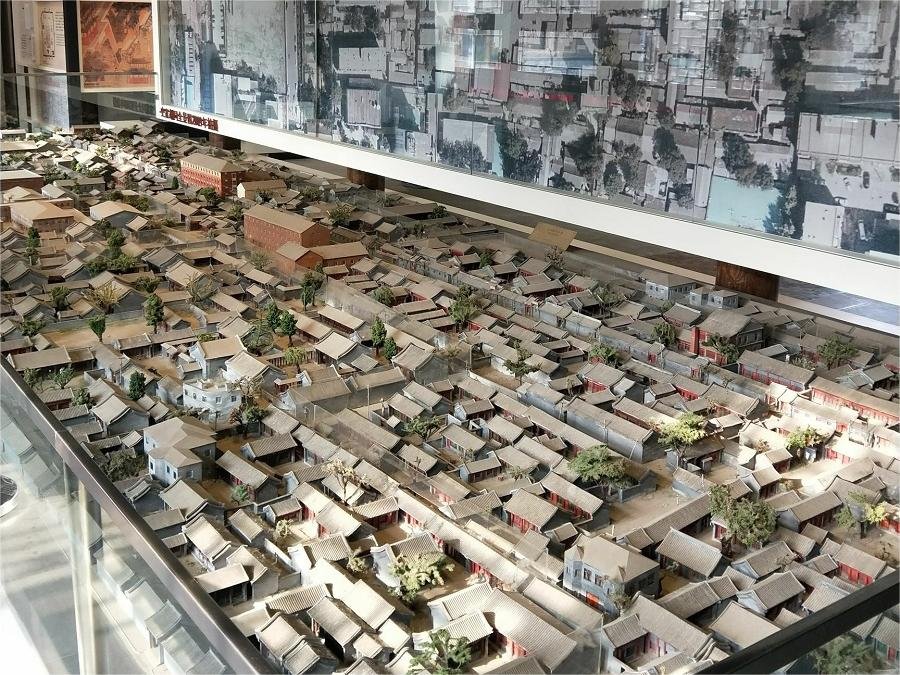
The historical exhibits at Shijia Hutong Museum offer a captivating journey through the evolution of hutong communities over time. The museum houses a diverse collection of artifacts, photographs, and exhibits that provide insights into the social, cultural, and urban development of Beijing’s hutongs. These exhibits showcase the changing lifestyles, traditions, and customs of hutong inhabitants, allowing visitors to gain a comprehensive understanding of the historical significance of these neighborhoods.
Neighborhood Exploration
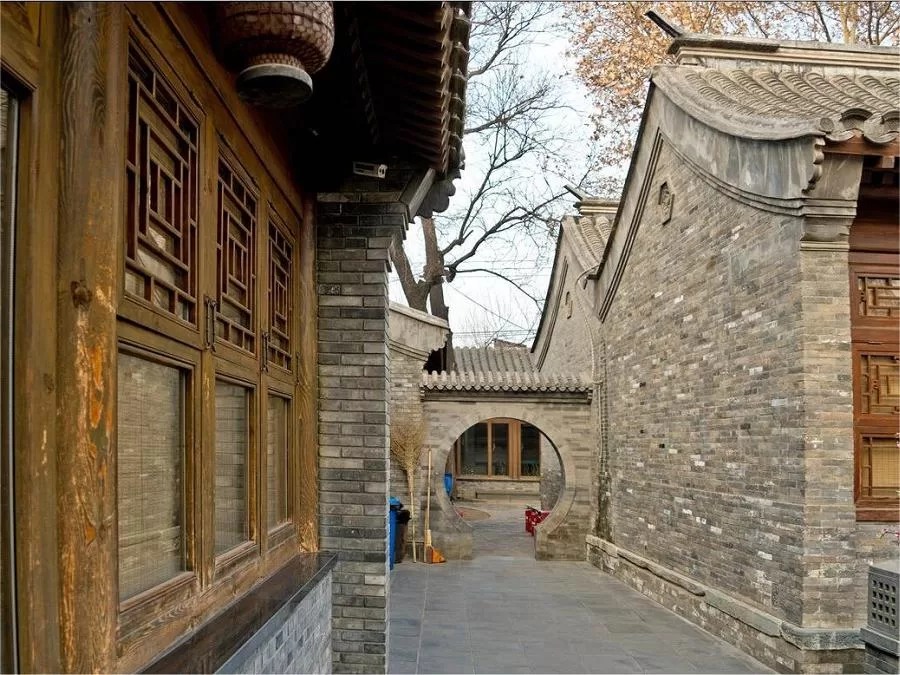
The neighborhood surrounding Shijia Hutong Museum is a vibrant and culturally rich area within Beijing’s Dongcheng District. Stepping outside the museum, visitors find themselves immersed in the charming ambiance of traditional hutong alleys. These narrow streets are lined with courtyard residences, small shops, tea houses, and local eateries. Exploring the neighborhood offers a unique opportunity to experience the authentic hutong culture, interact with friendly locals, and discover hidden gems. The bustling atmosphere, combined with the historical significance and architectural beauty of the hutongs, creates a captivating environment that complements the museum experience and provides a comprehensive understanding of Beijing’s hutong heritage.
Vlog about Shijia Hutong Museum
Nützliche Tipps aus Rezensionen zusammengefasst
Transport: Since there are no parking spaces available at the museum, it’s advisable to use public transportation for your visit. This ensures convenience and avoids any parking hassles.
Optionen für das Essen: While the museum itself doesn’t have a restaurant or vending machines, there are plenty of delicious dining options in the surrounding area. Consider exploring nearby eateries to enjoy local cuisine before or after your visit.
Baggage: Keep in mind that there are no baggage storage facilities available at the museum. It’s recommended to travel light and carry only essential items to ensure ease of movement during your visit.
Dress Warmly: As the museum lacks heating facilities, it can get quite chilly inside during the winter months. Be sure to dress warmly to stay comfortable while exploring the exhibits.
Size and Visit Planning: The museum is relatively small in size, so it may not be worth a special trip. However, it’s suitable for a casual visit if you happen to be in the area. Since no advance booking is required and the visit doesn’t require much walking, it can be easily incorporated into your itinerary as a convenient stop along the way.
Famous Hutongs in Beijing

Nanluoguxiang
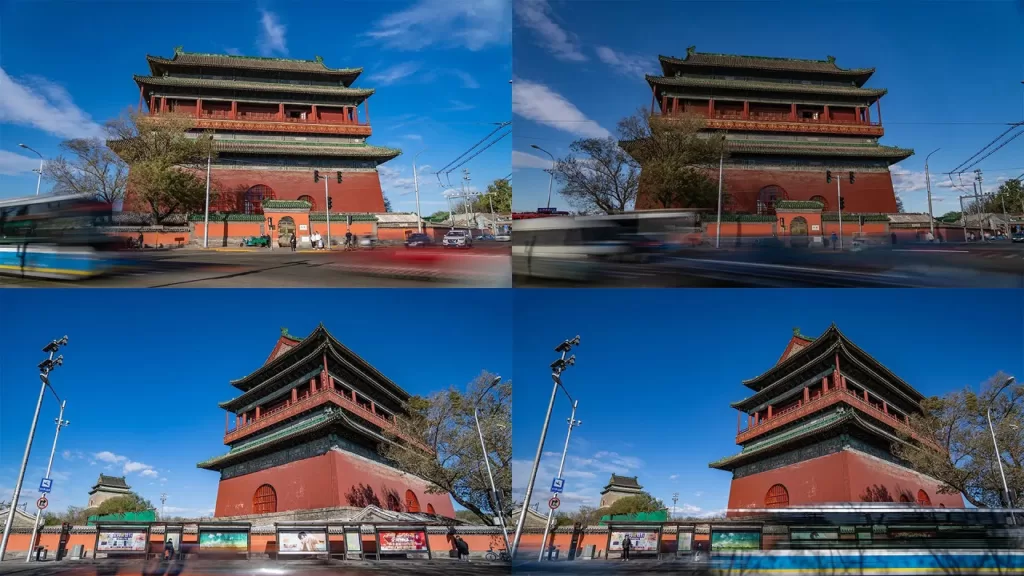
Drum Tower Area
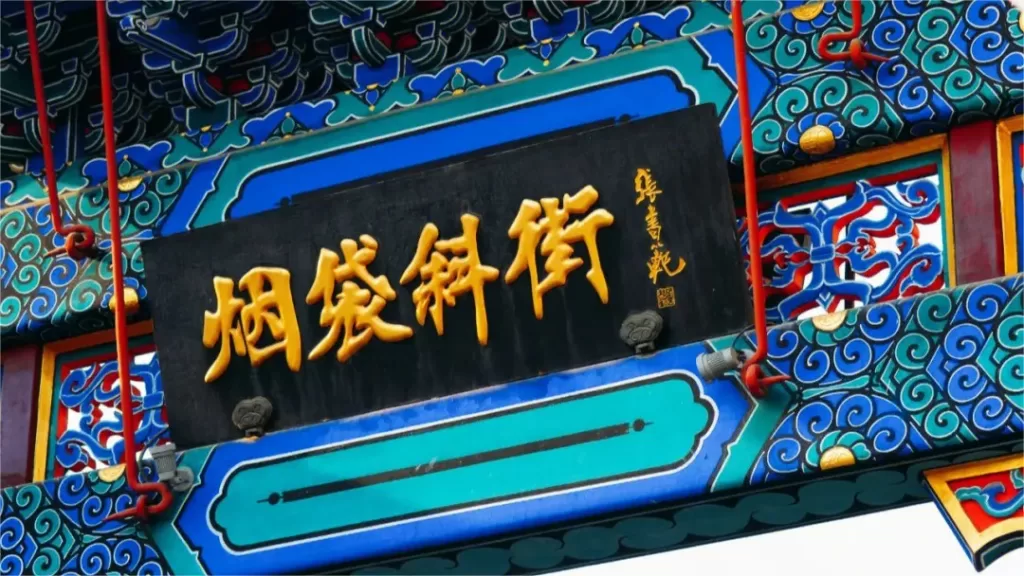
Yandaixie Straße

Liulichang Street
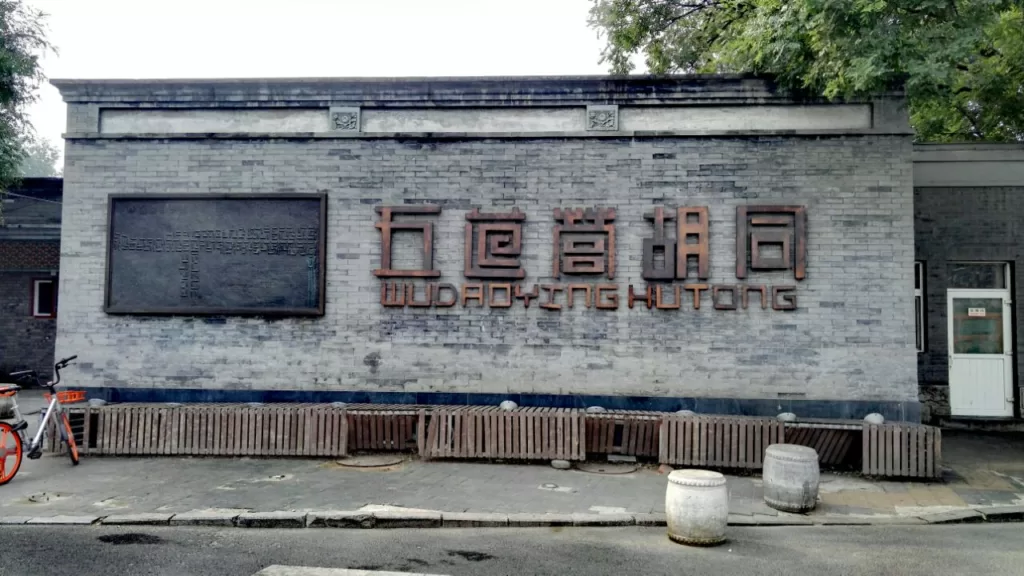
Wudaoying Hutong
Lokales Leben in Peking, Museen in Peking